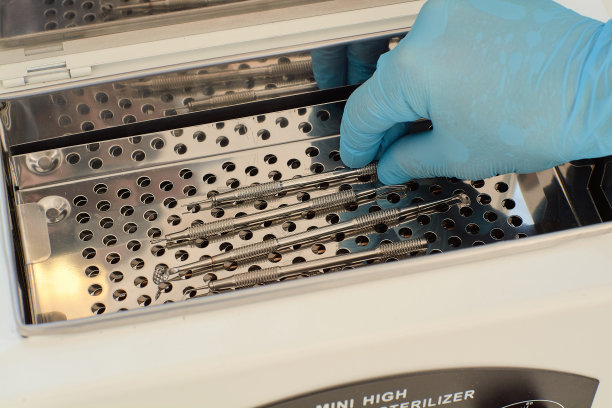Essential Guidelines to Consider Before Undergoing a Dental Filling Procedure for Optimal Oral Health and Comfort
Summary: Dental fillings are a common procedure that helps restore teeth affected by decay or damage. Before undergoing this treatment, it is crucial to consider certain guidelines to ensure optimal oral health and comfort. This article explores four essential aspects of dental fillings: understanding the types of fillings available, the importance of choosing a qualified dentist, preparing for the procedure, and post-treatment care. By being informed about these key elements, patients can minimize anxiety, enhance their comfort, and achieve satisfactory results, leading to better overall oral health.
1. Understanding Different Types of Fillings Available

When it comes to dental fillings, various materials serve different needs and preferences. The most common types include amalgam, composite resin, porcelain, and glass ionomer. Amalgam fillings, known for their durability, are typically used in the back teeth where pressure from chewing is greatest. While they are effective, their metallic appearance may not appeal to all patients.
Composite fillings are a popular choice for those seeking a more aesthetic solution. Made from a tooth-colored resin, they blend with the natural color of teeth, making them suitable for visible areas. However, they may not be as durable as amalgam, requiring potential replacements or repairs over time.
Porcelain fillings, often referred to as inlays or onlays, provide a strong, aesthetic alternative for larger cavities. They mimic the natural appearance of teeth while offering greater resistance to staining compared to composite resin. Finally, glass ionomer fillings release fluoride, which can help protect the tooth from further decay, making them ideal for children or those requiring cavity treatment beneath the gum line.
2. Importance of Choosing a Qualified Dentist
Selecting the right dentist is a critical step before undergoing a dental filling procedure. Its essential to find a professional with proper qualifications and experience to ensure the highest standard of care. Researching credentials, reading patient reviews, and checking for recommendations from friends or family can help streamline this process.
A qualified dentist should be able to explain the various options available and tailor the treatment plan according to individual needs. Their approach to patient comfort during the procedure is equally important; a dentist who prioritizes a gentle technique can significantly reduce anxiety and discomfort for patients.
Furthermore, a trustworthy dentist will keep up with advances in dental technology and methods. This can lead to a more efficient and less invasive filling procedure, utilizing the latest tools and techniques to ensure a successful outcome.
3. Preparing for the Dental Filling Procedure
Preparation is key to alleviating anxiety and ensuring a smooth dental filling experience. Before the appointment, patients should communicate any medical conditions, allergies, or medications they are taking to their dentist. This information helps the dentist tailor the anesthetic and treatment plans to ensure safety and comfort.
Additionally, patients may benefit from dietary adjustments prior to their appointment. Avoiding heavy meals allows for greater ease during the procedure, particularly if local anesthesia is involved. Patients might also consider asking the dentist about what to expect during and after the procedure to clarify any uncertainties.
It’s a good idea for patients to plan for someone to accompany them if they anticipate feeling anxious or uneasy. Having support can create a more comfortable environment, and they can help provide transportation home post-treatment if local anesthesia is used, as it may temporarily affect mobility or coordination.
4. Post-Treatment Care for Optimal Recovery
After dental fillings, following proper aftercare guidelines is crucial to ensure optimal recovery and prolong the fillings lifespan. Patients are often advised to avoid hard or sticky foods for at least 24 hours after the procedure to prevent damaging the filling while it sets. Waiting for the anesthetic to wear off before eating can also help to avoid accidental injury to the mouth.
Additionally, patients should maintain excellent oral hygiene, continuing to brush and floss regularly around the filled tooth to prevent future decay. Regular dental check-ups can allow the dentist to monitor the condition of the filling and surrounding teeth, addressing any potential issues early.
If patients experience unusual sensitivity or discomfort following the procedure, they should not hesitate to contact their dentist. Early intervention can help resolve any complications and ensure a smooth recovery process.
Summary:
In conclusion, undergoing a dental filling procedure requires thoughtful preparation and awareness of best practices. By understanding the types of fillings available, choosing a skilled dentist, preparing adequately, and following post-treatment care instructions, patients can ensure their oral health and comfort are maintained. Taking these essential steps will lead to a more positive dental experience and promote a healthier smile.
This article is compiled by Vickong Dental and the content is for reference only.


